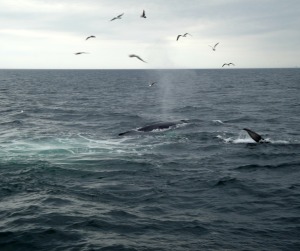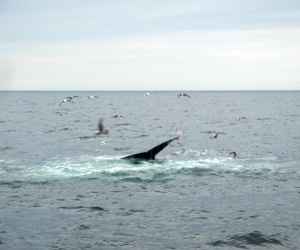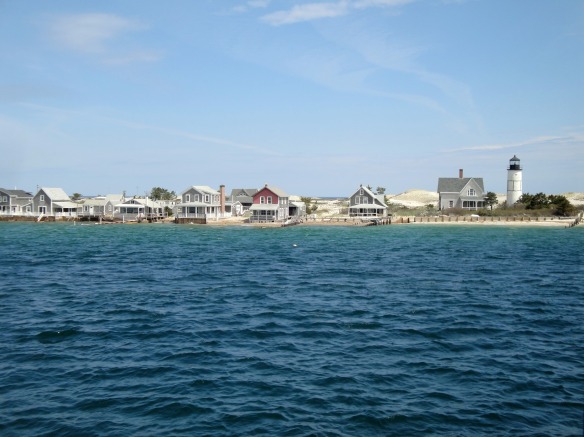 I’m honored to take part in the blog tour for The Girl Who Ignored Ghosts, a best selling young adult novel combining mystery, romance, ghosts, and time travel. If that sounds as good to you as it does to me, click on the cover to find out more about this exciting new novel.
I’m honored to take part in the blog tour for The Girl Who Ignored Ghosts, a best selling young adult novel combining mystery, romance, ghosts, and time travel. If that sounds as good to you as it does to me, click on the cover to find out more about this exciting new novel.
Thank you K.C. Tansley for stopping by to share what you’ve learned on your publishing journey.
Five Things I Learned from My Editor
by K.C. Tansley
1) Nothing is final until the book is actually in production
You will tear your book apart during editorial revisions. Major plot points will change. Entire chapters will go away. Scenes you spent years revising and polishing will get cut. You’ll move into line edits and think this is all about polishing and fine tuning, but some new things will still be laid down and old things will still be tinkered with. That’s the nature of revisions. Anything and everything can change right up until the final deadline.
2) What you thought was essential to the story may not be needed
There are so many things you needed to know to write the book. Unfortunately, you may have taken up valuable space on the page figuring them out. Sometimes scenes aren’t needed in the book. They might be useful to you as the author, but if they don’t advance the plot and develop the characters, they probably need to be cut. Even if they survived several rounds of revisions, if they interrupt the reader’s flow or the focus of the story, they should be cut.
3) You have to trust the people you work with
Your editor wants to make your book better. Believe that and it’s easier to swallow all the feedback. Especially when she asks you to rework the first 100 pages. It hurts. Your pride smarts. Your ego aches. Being critiqued is never easy. But know that everything she says comes from a place of wanting to get your book to readers and wanting them to have the best reading experience they can. Editors care about their books and their authors. Trust yours.
4) There are five stages of grief to an editorial letter
When you receive it, politely thank your editor so she knows you received it and let her know you plan to review it and respond with questions within five days. Then take three to five days and process it.
You need to privately go through the five stages of grief: denial, anger, bargaining, depression and acceptance. And by privately, I mean offline. Complain to your friends on the phone. Talk to your loved ones over dinner. Rally against it all verbally to your nearest and dearest. But never ever publicly or in writing. Because by day five you will see that most of your editor’s points are valid. And you will be so grateful to have her guiding you through this process. Feedback is always hard to process. Give yourself the time and space to do it.
5) Publishing is a tremendous amount of hurry up and wait
If you’re a planner, you will go nuts. Things are dropped on you with no warning and then (bam) the contract deadline ticks down on due dates. Editorial revisions in two months. Line edits in two weeks. It’s very hard to live your life when you can’t manage your work queue. My editor was great about giving me a heads up whenever she could. In return, I always stuck to my deadlines and stayed in touch with her. Communication is a two-way street. When you want someone to communicate, you have to make sure you’re giving that person information too.
About the Book: In The Girl Who Ignored Ghosts, prep school junior Kat Preston accidentally time travels to 1886 Connecticut, where she must share a body with a rebellious Victorian lady, prevent a gruesome wedding night murder, disprove a deadly family curse, and find a way back to her own time.
Bio: K.C. Tansley lives with her warrior lapdog, Emerson, on a hill somewhere in Connecticut. She tends to believe in the unbelievables—spells, ghosts, time travel—and writes about them. Never one to say no to a road trip, she’s climbed the Great Wall twice, hopped on the Sound of Music tour in Salzburg, and danced the night away in the dunes of Cape Hatteras. She loves the ocean and hates the sun, which makes for interesting beach days. The Girl Who Ignored Ghosts is the first book in her YA time-travel murder mystery series. As Kourtney Heintz, she also writes award winning cross-genre fiction for adults.
Social Media
K.C. Tansley Website / Blog / Facebook / Twitter / Goodreads
Blog Tour Stops
To learn more about K.C. Tansley and The Girl Who Ignored Ghosts, take a look at these blogs and articles:
“Five Ghostly Discoveries” featured on J.M. McDowell’s blog.
“Five Things From My Life That Trickled Into My World Building” featured on Fresh Fiction.
“Spell Casting and Ghosts: Researching The Girl Who Ignored Ghosts” on Harvesting Hecate.
“Five Things You Didn’t Know About Kat Preston” on Jill Weatherholt’s blog.
“Trope Twisting: Something Familiar But Different” on Small Press Reviews.
“Why I Wrote a Time Travel Novel” on Authors to Watch.
“Five Reasons The Girl Who Ignored Ghosts Should Make Your Summer Reading List” is scheduled to be published on 4 AM Writer’s blog this Saturday.
 I’ve started a Good Things Jar this year and thought I’d pass the idea on. The idea came from my friend Milka. When she mentioned it on her blog a few years ago, I thought it would be a lot of fun but didn’t get around to doing it. Now that so much in the news is focused on the negative, it seemed to be a good year to start.
I’ve started a Good Things Jar this year and thought I’d pass the idea on. The idea came from my friend Milka. When she mentioned it on her blog a few years ago, I thought it would be a lot of fun but didn’t get around to doing it. Now that so much in the news is focused on the negative, it seemed to be a good year to start. So far one of the good things revolved around a snowstorm that happened in early January. After shoveling the driveway for a while, we somehow still had the energy to go cross-country skiing. The snow was perfectly slippery for gliding adventures around the park.
So far one of the good things revolved around a snowstorm that happened in early January. After shoveling the driveway for a while, we somehow still had the energy to go cross-country skiing. The snow was perfectly slippery for gliding adventures around the park.
 This year I’ll try to keep it simple. These are really more like guidelines to remember than resolutions (except maybe for the first one).
This year I’ll try to keep it simple. These are really more like guidelines to remember than resolutions (except maybe for the first one). Walk Along the Ocean – Sometimes I go for weeks or months without seeing the ocean, which is crazy because I live on a sandbar. Life and work too easily get in the way and so I’ll have to make sure to go to the ocean more often, even if it is freezing outside. Sometimes those are the best times to go there.
Walk Along the Ocean – Sometimes I go for weeks or months without seeing the ocean, which is crazy because I live on a sandbar. Life and work too easily get in the way and so I’ll have to make sure to go to the ocean more often, even if it is freezing outside. Sometimes those are the best times to go there. These days we need to do everything we can to protect and restore the ocean. One of the reasons I love nonprofit groups like
These days we need to do everything we can to protect and restore the ocean. One of the reasons I love nonprofit groups like  Deep-Sea Trawling Ban Protects 4.9 million km2 in European Oceans: Oceana in Europe campaigned with the Deep Sea Conservation Coalition to prohibit deep sea bottom trawling in northeast Atlantic waters. Bottom trawling is an invasive fishing practice that rakes the seafloor while catching unwanted ocean life and damaging coral. The European Parliament, Council and Commission reached an agreement that bans all trawling below 800 meters while halting bottom fishing activity below 400 meters if the presence of vulnerable marine ecosystems is demonstrated. These actions protect an area that’s larger than the European Union.
Deep-Sea Trawling Ban Protects 4.9 million km2 in European Oceans: Oceana in Europe campaigned with the Deep Sea Conservation Coalition to prohibit deep sea bottom trawling in northeast Atlantic waters. Bottom trawling is an invasive fishing practice that rakes the seafloor while catching unwanted ocean life and damaging coral. The European Parliament, Council and Commission reached an agreement that bans all trawling below 800 meters while halting bottom fishing activity below 400 meters if the presence of vulnerable marine ecosystems is demonstrated. These actions protect an area that’s larger than the European Union. Habitat Protection in the Strait of Sicily: Three Fisheries Restricted Areas were created in the Strait of Sicily, protecting 1,493 square km between Italy, Malta, and Tunisia from bottom trawling and preserving nursery areas for hake and deep-sea rose shrimp. The commission also prohibited commercial harvest of red coral. These decisions will help protect vulnerable habitats and allow fisheries in Mediterranean marine ecosystems to recover.
Habitat Protection in the Strait of Sicily: Three Fisheries Restricted Areas were created in the Strait of Sicily, protecting 1,493 square km between Italy, Malta, and Tunisia from bottom trawling and preserving nursery areas for hake and deep-sea rose shrimp. The commission also prohibited commercial harvest of red coral. These decisions will help protect vulnerable habitats and allow fisheries in Mediterranean marine ecosystems to recover. I’m visiting
I’m visiting 
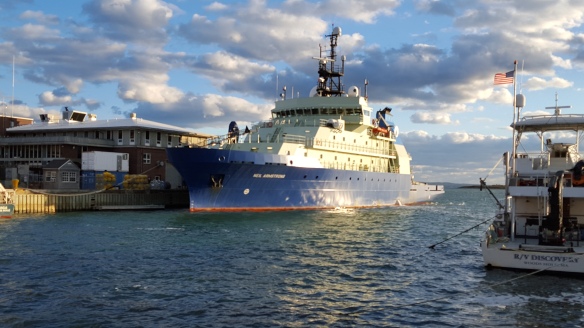





 Charles Dickens once said of all his books, David Copperfield was his favorite. I had to read it just for that reason.
Charles Dickens once said of all his books, David Copperfield was his favorite. I had to read it just for that reason.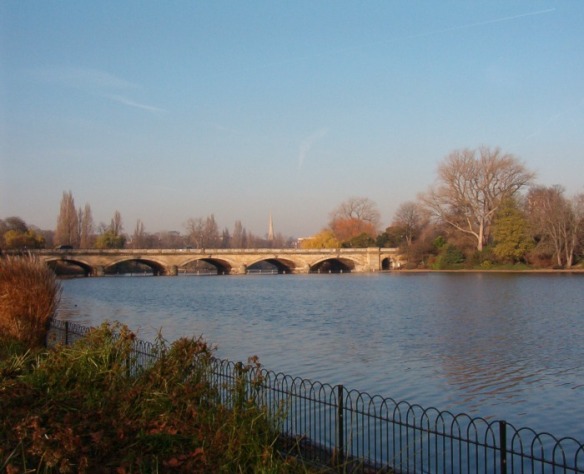
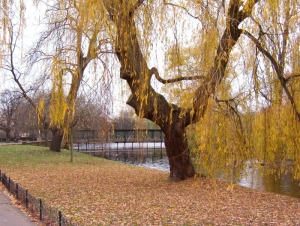 David Copperfield was first published in 1850 and the story takes place from the 1820s on. In some ways, it was ahead of its time, mostly because Aunt Betsey Trotwood speaks out against the way women and children were treated. I loved that character’s spunk.
David Copperfield was first published in 1850 and the story takes place from the 1820s on. In some ways, it was ahead of its time, mostly because Aunt Betsey Trotwood speaks out against the way women and children were treated. I loved that character’s spunk. Creativity lurks in unexpected places. Instead of trimming these bushes into the usual rectangle or oval, someone decided they’d look better as a caterpillar and a rabbit.
Creativity lurks in unexpected places. Instead of trimming these bushes into the usual rectangle or oval, someone decided they’d look better as a caterpillar and a rabbit. Encountering these animals on a quiet side street made me wonder why we don’t do this kind of thing all the time.
Encountering these animals on a quiet side street made me wonder why we don’t do this kind of thing all the time.
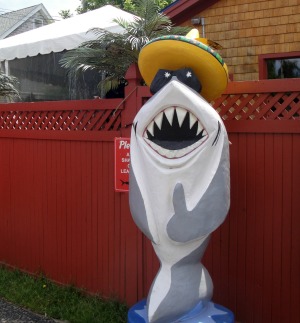 This shark was found smiling on Martha’s Vineyard, where parts of the movie Jaws was filmed. Humans have a strange relationship with sharks. We idolize and look up to them even as we fear and continue to hunt them.
This shark was found smiling on Martha’s Vineyard, where parts of the movie Jaws was filmed. Humans have a strange relationship with sharks. We idolize and look up to them even as we fear and continue to hunt them. According to a Shark Savers study, when shark populations were destroyed off the mid-Atlantic, cownose rays, a former shark prey, grew out of control. The rays then depleted the scallops, ending a 100-year-old scallop fishery.
According to a Shark Savers study, when shark populations were destroyed off the mid-Atlantic, cownose rays, a former shark prey, grew out of control. The rays then depleted the scallops, ending a 100-year-old scallop fishery. It’s about time for some beach or patio reading in the sun. I’m looking forward to diving into these books almost as much as the ocean: The Shell Collector (because
It’s about time for some beach or patio reading in the sun. I’m looking forward to diving into these books almost as much as the ocean: The Shell Collector (because 

















